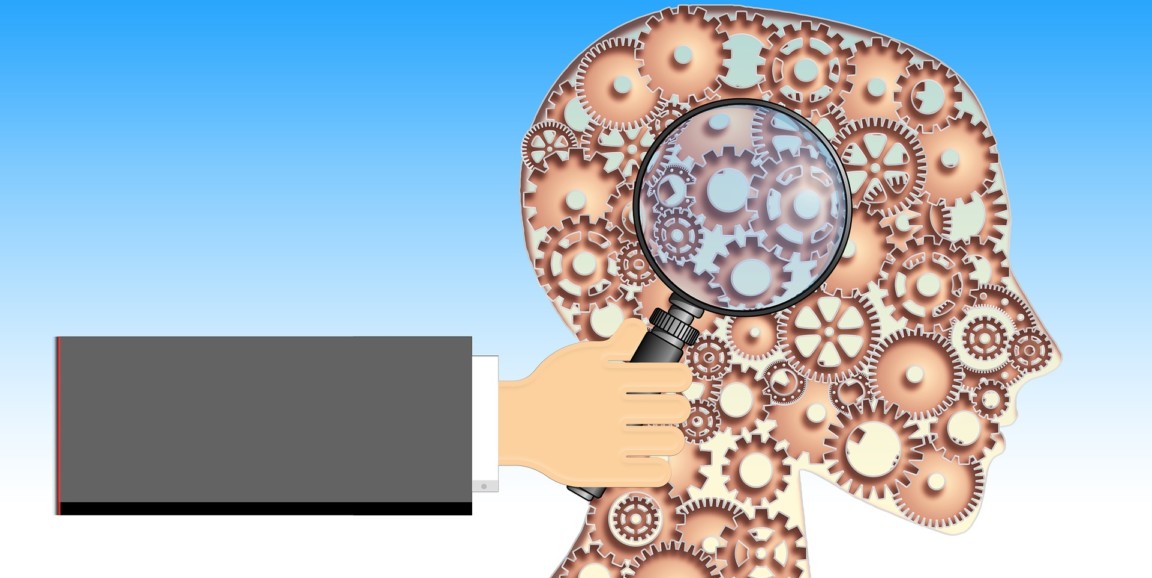Hundreds of doctor-detectives at clinical sites across the United States have found answers for patients who have been plagued by mysterious diseases. The doctors are part of an effort that originated at the National Institutes of Health, called the Undiagnosed Disease Network.
Now the group has reported their triumphs: more than 100 cases diagnosed, and 31 newly identified syndromes. But even those who did not get a definitive diagnoses expressed appreciation in simply knowing that a network of doctors hadn't dismissed their cases, Euan Ashley, MD, DPhil, professor of medicine and senior author on the study told me. Ashley explained in our release:
We’ve had patients tell us that just knowing that there is a team looking into their condition, that there is someone in the world who has not given up on them, scientists continuing to keep an eye on the literature — that provides hope.
A paper detailing the study will publish online in the New England Journal of Medicine.
Over the course of the study, the network received 1,519 applications from patients, 601 of which were accepted for evaluation. Currently, the network continues to enroll patients and to date, they've received 2,780 applications, accepted 1,179 and reviewed 907.
"Our goal is to take on the hardest cases in medicine — to find patients and families with conditions that no one has been able to solve," Ashley said. "We wanted to provide a place that these people could come, so the Undiagnosed Disease Network came together to try to answer that need."
Ashley says that one of the key takeaways was that a diagnosis can often improve a patient's care, or the diagnoses of future patients. The network doctors were able to identify 30 percent of the patients' previously-undiagnosed diseases, and for 90 percent of those diagnoses, the doctors found information that they could apply to treatments decisions, recommendations for family screening or future diagnostics.
From Ashley:
Let’s face it, solving a third of these cases in the first phase was great — when they came in the door it was 0 percent. So to get to more than 30 percent — we are happy with that, but that still leaves the majority of cases unsolved and many patients still suffering, so we need to do better.
Photo by geralt




